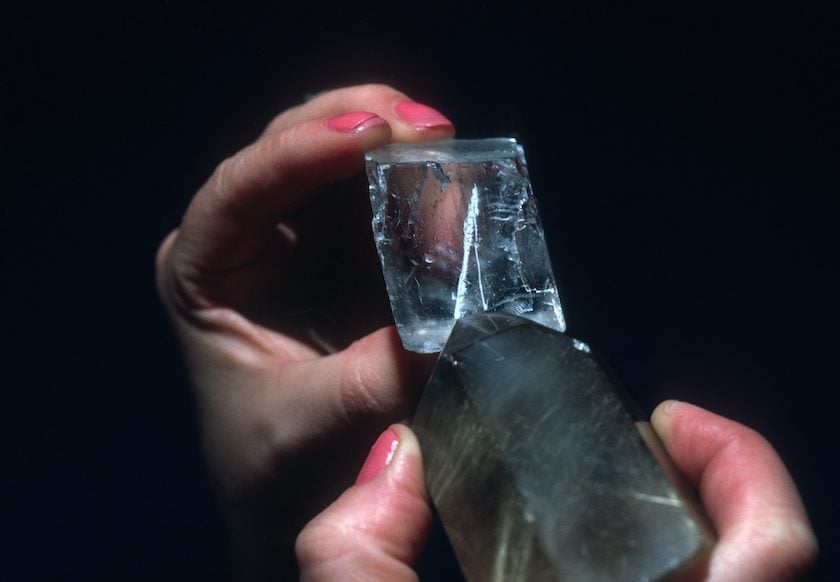Destructive Gemstone Testing
Destructive gemstone testing, done carefully, can help gemologists and mineralogists with difficult gem or mineral identifications. Learn the right techniques with our 5-part series.
These destructive tests are informative but, obviously, they can damage the gems and reduce their value. Gemologists normally use complex optical and microscopic examinations to identify unknown gemstones without damaging them. Unfortunately, standard gemological tests occasionally fall short of positive identification. In these cases, gemologists must resort to destructive gemstone testing. With great care, however, these tests can be conducted in a limited manner without diminishing the value of the stone.
Destructive Gemstone Testing Series
Our five-part series on destructive gemstone tests offers concise explanations of the principal procedures.
Donald Clark, CSM IMG
Donald Clark, CSM founded the International Gem Society in 1998. Donald started in the gem and jewelry industry in 1976. He received his formal gemology training from the Gemological Institute of America (GIA) and the American Society of Gemcutters (ASG). The letters “CSM” after his name stood for Certified Supreme Master Gemcutter, a designation of Wykoff’s ASG which has often been referred to as the doctorate of gem cutting. The American Society of Gemcutters only had 54 people reach this level. Along with dozens of articles for leading trade magazines, Donald authored the book “Modern Faceting, the Easy Way.”
Related Articles
Identifying Inclusions Found in Natural Gems
A Gem Identification Quiz for Novice Gemologists
Destructive Gemstone Tests: Scratch Testing
Gemstone Visual Examination Quizzes
Latest Articles
800 Years of Mogok: A Celebration in Tenuous Times
What is the Average Gemstone Faceting Yield?
Pyroxmangite Value, Price, and Jewelry Information
How to Identify Emerald Simulants and Synthetics
Never Stop Learning
When you join the IGS community, you get trusted diamond & gemstone information when you need it.
Get Gemology Insights
Get started with the International Gem Society’s free guide to gemstone identification. Join our weekly newsletter & get a free copy of the Gem ID Checklist!
